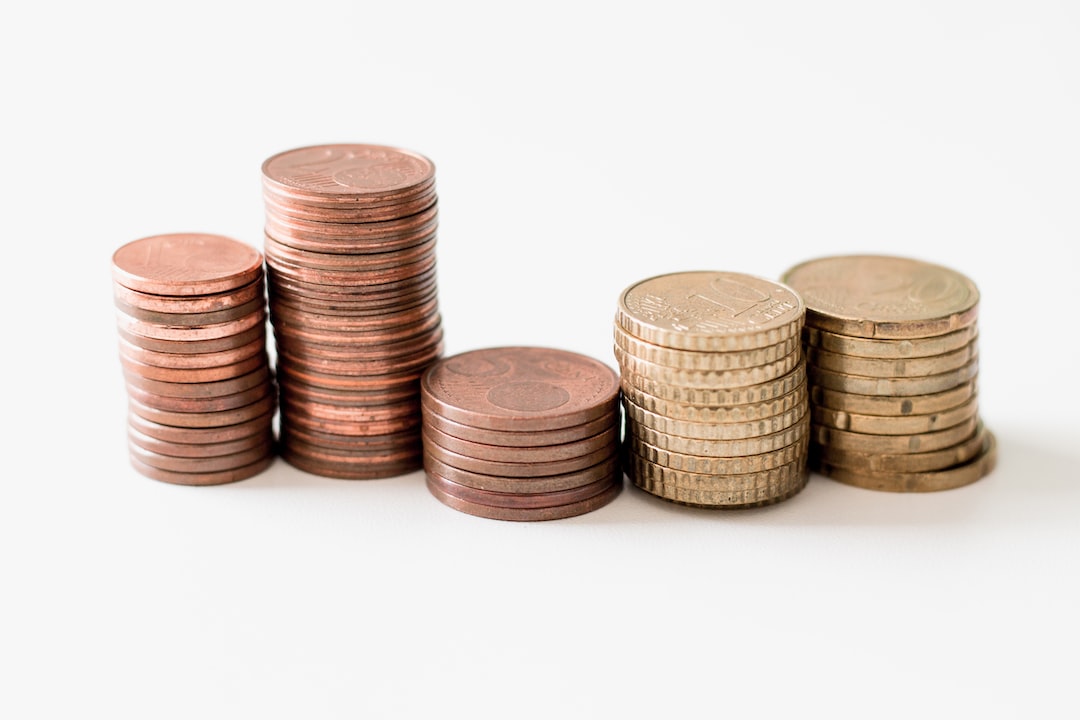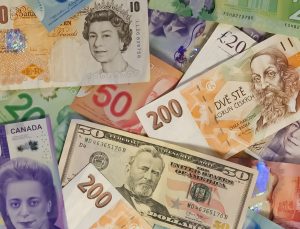Forex trading is a risky business, and traders must be aware of the potential losses they may incur. One of the best ways to manage risk in forex trading is by setting up a stop-loss order. A stop-loss order is an order placed with a broker to sell a currency pair when it reaches a specific price. This article will explain what stop-loss orders are and how traders can set them up to protect their positions.
What is a Stop-Loss Order?
A stop-loss order is an instruction given to a forex broker to sell a currency pair when it reaches a specific price. The purpose of a stop-loss order is to minimize losses in the event that the trade goes against the trader’s expectations. When a stop-loss order is triggered, the trader’s position is automatically closed, and the loss is limited to the amount specified in the order.
Setting Up a Stop-Loss Order
Setting up a stop-loss order is relatively easy. When placing a trade, traders can specify the level at which they want the stop-loss order to be triggered. For example, if a trader buys the EUR/USD currency pair at 1.1000, they may set a stop-loss order at 1.0900. This means that if the price falls to 1.0900, the stop-loss order will be triggered, and the trade will be closed.
Traders can also use technical analysis to set their stop-loss orders. For example, if a trader uses a moving average to identify a trend, they may set their stop-loss order just below the moving average. This way, if the price breaks the moving average, the stop-loss order will be triggered, and the trader’s position will be closed.
It is important to note that stop-loss orders do not guarantee that traders will not incur losses. In some cases, the price may gap down or spike, causing the stop-loss order to be triggered at a much lower price than the one specified. This is known as slippage, and it is a risk that traders must be aware of when using stop-loss orders.
Calculating the Stop-Loss Level
Calculating the stop-loss level is an essential part of setting up a stop-loss order. Traders must determine the maximum amount they are willing to risk on a trade and set the stop-loss level accordingly. A common approach is to use a risk-to-reward ratio of 1:2 or higher. This means that for every dollar risked, the trader expects to make two dollars or more.
For example, if a trader buys the GBP/USD currency pair at 1.3000 and expects it to reach 1.3200, they may set their stop-loss order at 1.2900. This would give them a risk-to-reward ratio of 1:2, as they are risking 100 pips to potentially make 200 pips or more.
Traders must also consider the volatility of the currency pair when calculating the stop-loss level. Highly volatile currency pairs may require a wider stop-loss level, while less volatile pairs may require a narrower stop-loss level. Traders can use technical indicators such as Average True Range (ATR) to determine the volatility of a currency pair.
Conclusion
Setting up a stop-loss order is an essential part of forex trading. It helps traders manage risk and limit losses in the event that a trade goes against their expectations. Traders can set up stop-loss orders when placing a trade or use technical analysis to determine the stop-loss level. It is important to calculate the stop-loss level based on the maximum amount a trader is willing to risk and the volatility of the currency pair. Traders must also be aware of the risks of slippage and adjust their stop-loss orders accordingly. By following these guidelines, traders can effectively manage risk and improve their chances of success in forex trading.






